Emerging from the door of the aircraft, the Prime minister began to speak. The piece of paper Neville Chamberlain held in his hand annexed that bit of the Czechoslovak Republic known as the “Sudetenland”, to Nazi Germany. Germany’s territorial ambitions to the east, had been sated.
The cataclysm of the War to end all Wars was as recent on September 30, 1938 as the horrors of 9/11 is, to our own time. Now, a world could breathe a little easier. It was “Peace in our Time”.

Unlike the participants in this tale we know, how the story ends. World War 2 was all but foreordained. The world was an altogether different place on this day in 1946, a burned and broken thing struggling to emerge from the greatest catastrophe, in human history.
European GDP would triple between the end of the war and the turn of the century but, on September 30, 1946, a continent lay on its back.
At one point during the war, every major power on the European continent was either neutral, or under Nazi occupation. The island nation of Great Britain stood alone against the onslaught, aided by heroic contributions by individuals from Poland to Jamaica and massive economic support, from the United States.
A study by the World Bank once reported, national debt exceeding 77% to have a deleterious effect, on a nation’s economy. For every percentage point over that number, the situation gets worse. On this day in 1946, Britain owed fully 270% of its GDP, to the US.
Still a colonial power in 1946, Great Britain looked to her assets overseas to help settle those debts and hit upon one of the great hare-brained ideas, of the modern era.

They would grow goobers, in Africa.
Goober peas, monkeynuts, groundnuts or ground peas. Whatever you call Arachis hypogaea, microfossil and starch grain analysis dates the peanut back some 8,500 years to the Zaña mountains, of Peru. The Incas used peanuts as sacrificial offerings as early as 1500BC and entombed them, with their dead.
Today, worldwide peanut consumption amounts to some 42,600,000 tons making goobers the most popular nut on the planet by a factor of ten compared with the next nine nuts, combined.
East Africa was a German colony in 1914 under the military command of one Paul von Lettow-Vorbeck, der Löwe von Afrika. The Lion of Africa, a German patriot who detested the upstart führer so much he once told Adolf Hitler to perform an anatomically improbable act. Only he wasn’t that polite.
Vorbeck returned to Deutschland a hero, the only German commander during all world war one, to be undefeated in the field. So it was that Britain took control of Tanganyika, as a League of Nations mandate.

Which brings us back, to goobers. Peanuts and peanut butter were important parts of Armed Forces rations, during both world wars. Following WW2 the Labor party of Prime minister Clement Atlee faced what economist John Maynard Keynes called “financial Dunkirk”.
With the British population still on food rations in 1946, Frank Samuel, head of the United Africa Company, came up with a scheme to produce food and cooking oils, in Tanganyika.
Warnings of too much clay in the soil and too little rain fell on deaf ears as did 5,000 years of African experience, in farming their own soil. John Wakefield, former director of agriculture in Tanganyika led the delegation, that April. Three months work produced a favorable report. It didn’t hurt that the area contemplated was largely unpopulated solving the problems up front, of relocation.
There might be a reason nobody lived there but none of them noticed that.

Some 3¼ million acres were designated for peanuts, an area the size, of Connecticut. European “Experts” soon discovered they had underestimated what the legendary British explorer Henry Morton called “an interminable jungle of thorn bushes…mile after mile of damn-all“. Former Labor politician Allen Wood wrote, “In patches the thickets of scrub are impenetrable. A rhinoceros can force a way through, a snake can wiggle through but no size or shape of animal in between, except a bulldozer“.
Early land clearing met with a maze of rubbery tree roots so thick as to defeat the efforts of all but bulldozers and even those broke down, within days. Towering baobab trees of a kind known to live 6,000 years and more were impervious, even to that. Even if you did knock one down you still had to deal with Volkswagen-sized hives, of African honey bees. Ever hear of “Killer bees”? Yeah. Those are what results when you “Africanize”, the North American variety.
With farm equipment in short supply in post-war Europe, Sherman tanks were retrofitted by the score at the Vickers corporation and converted to monstrosities known as “Shervicks”.
Even today you can ask someone, what animal kills more humans than any other, in Africa. It’s a great trivia question the answer to which, is the mosquito. Malaria, Dengue fever, sleeping sickness…entire textbooks have been written of mosquito borne diseases in this region to say nothing, of poisonous snakes.

At the end of two years land clearing was 90 percent short, of projections. Peanut production was less than half of what was purchased as seed, in the first place.
And here’s where that clay comes in. During the dry season the soil becomes as hard as asphalt. Regular plows had a life expectancy of five hours in that stuff. With a miniscule percentage actually planted one worker claimed “Nothing but pneumatic drills and dynamite could get the nuts out“.

Devices were attached to engines and operators were paid according to the time the engine was running. It wasn’t long before tractors were found running in ditches while their operators were off, drinking.
During the four year life of the Great Tanganyika Groundnut Boondoggle only one year brought enough rain, to sustain a peanut crop. Those groundnuts actually produced cost six times to grow, what they were worth. Making matters worse, many men abandoned family farms to the lure of high wages contributing to severe famines in 1947, 1949 and 1950.
A last ditch effort was made to save the whole trainwreck planting sunflowers, instead of goobers. At least those could be harvested above ground but even that failed, due to lack of rain. The plug was pulled after four years, about the time it took conservative politicians to quit hollering out “Groundnuts“! every time a Liberal rose up, to speak.
The whole boondoggle cost 36 million pounds equivalent to a Billion, today. Not a single British taxpayer ever received so much as an increase, in margarine rations.










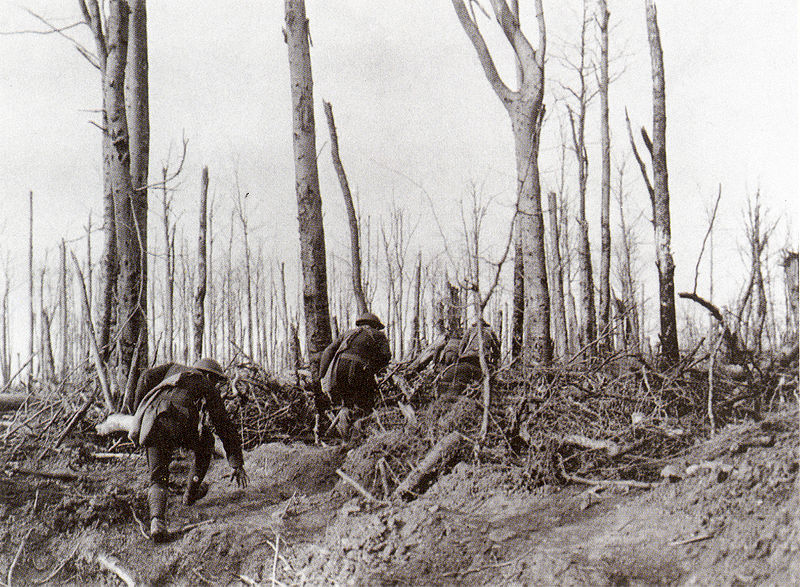





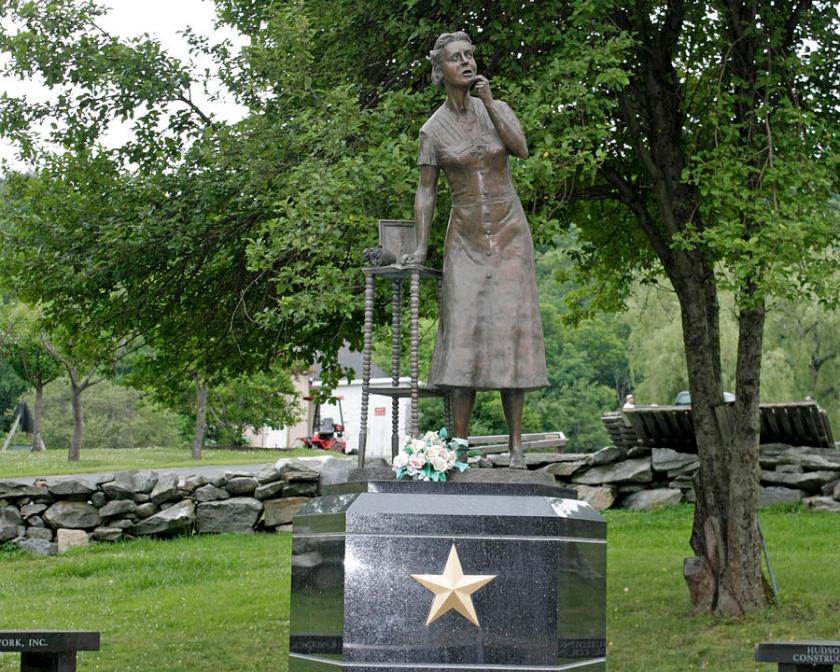















 Even at the Constitutional Convention, delegates expressed concerns about the larger, more populous states holding sway, at the expense of the smaller states. The “Connecticut Compromise” solved the problem, creating a bicameral legislature with proportional representation in the lower house (House of Representatives) and equal representation of the states themselves in the upper house (Senate).
Even at the Constitutional Convention, delegates expressed concerns about the larger, more populous states holding sway, at the expense of the smaller states. The “Connecticut Compromise” solved the problem, creating a bicameral legislature with proportional representation in the lower house (House of Representatives) and equal representation of the states themselves in the upper house (Senate).




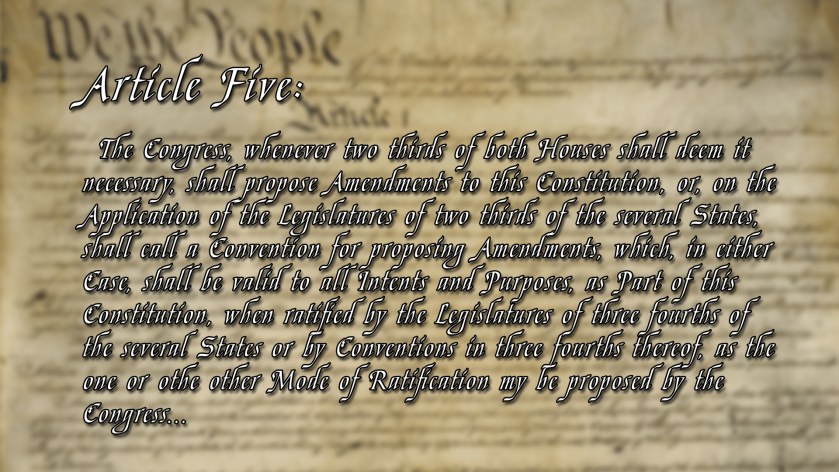



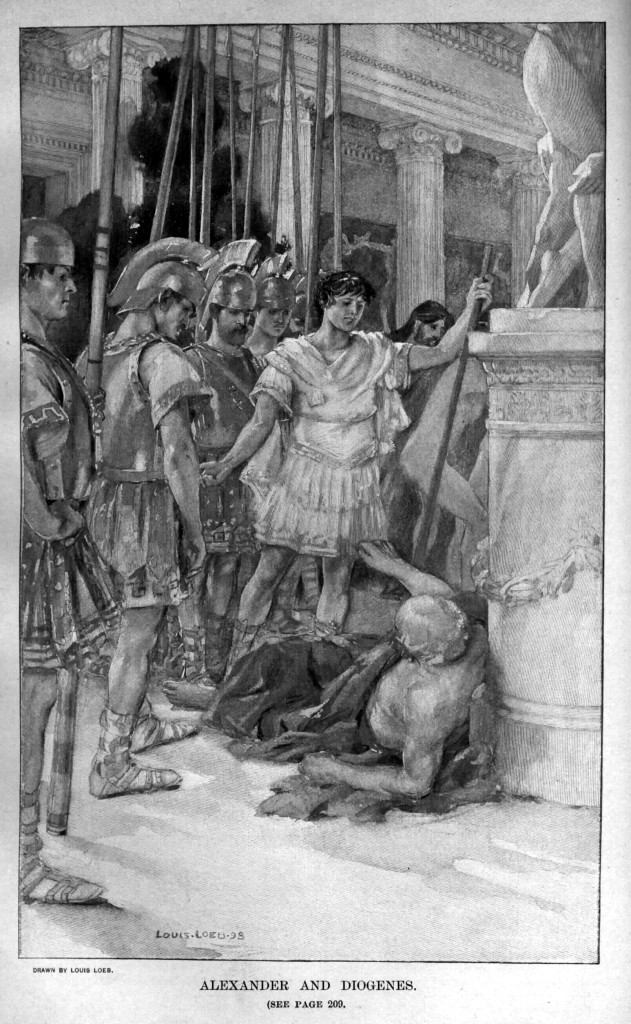




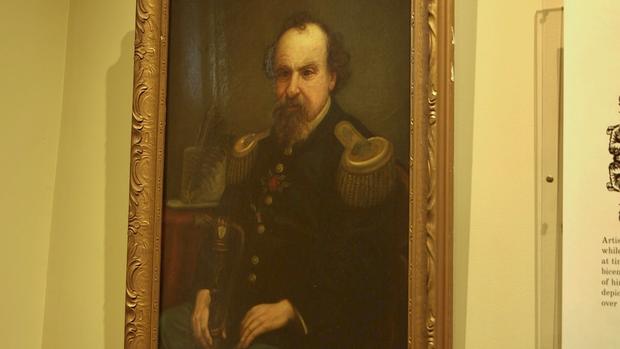

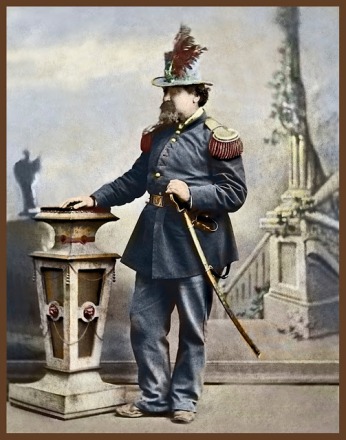
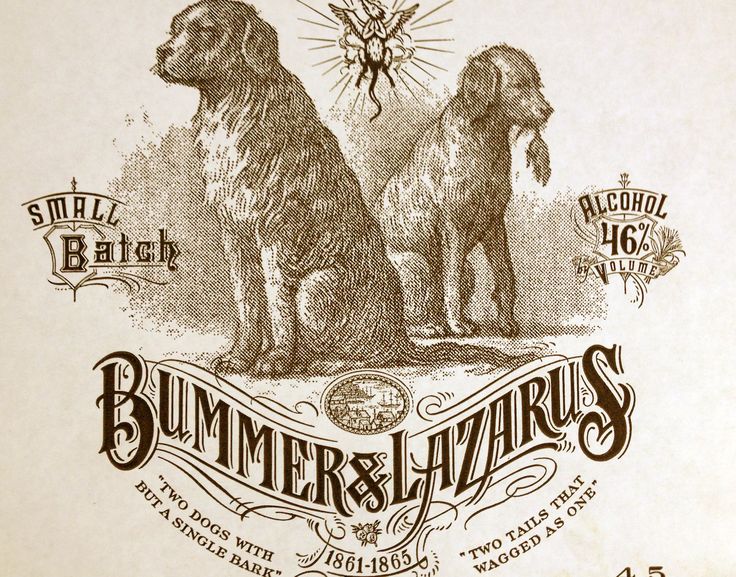
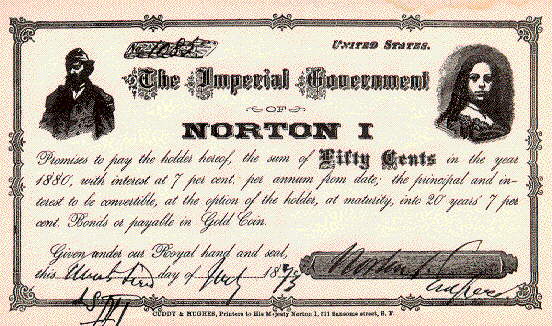






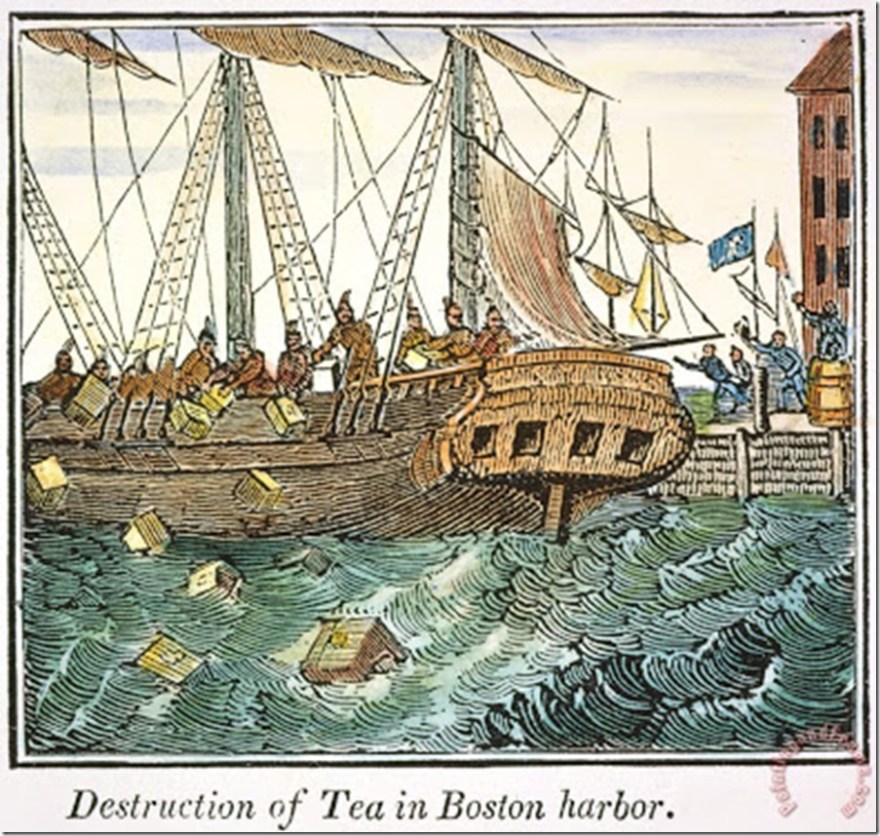



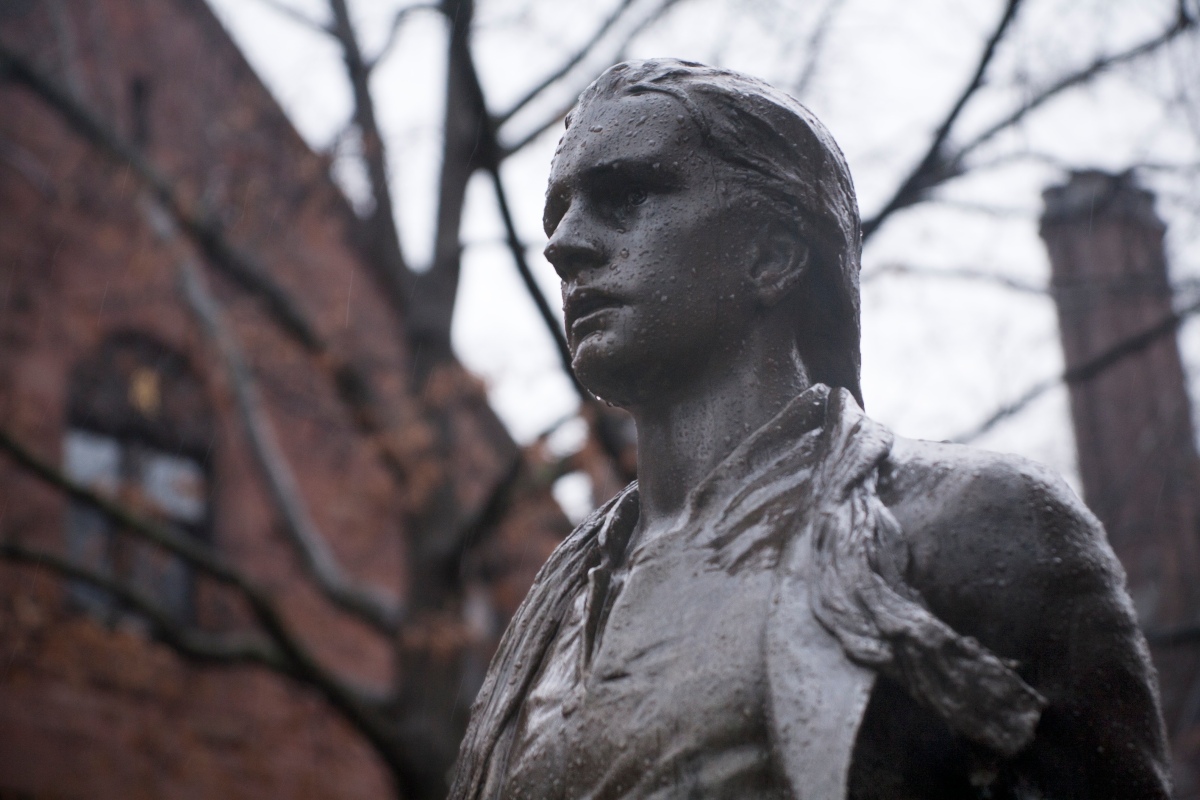

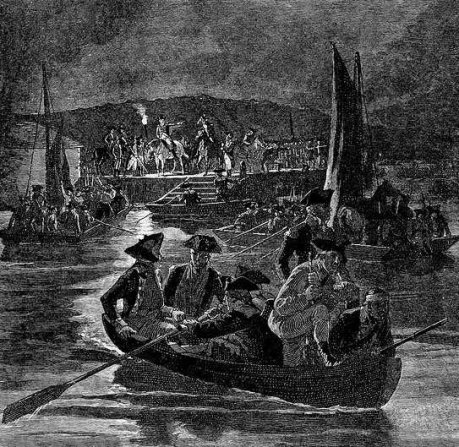
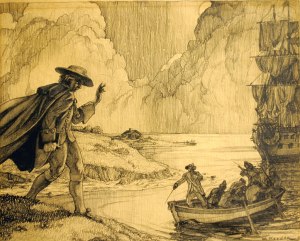
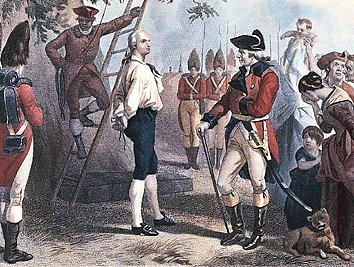
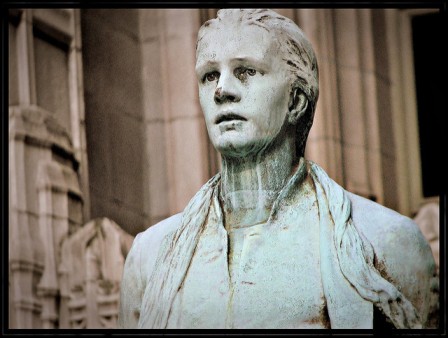






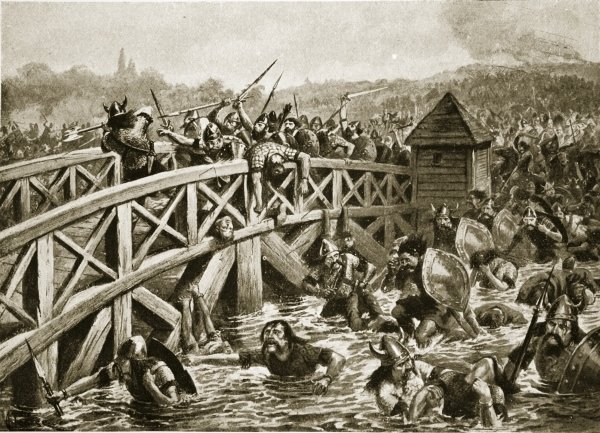


You must be logged in to post a comment.